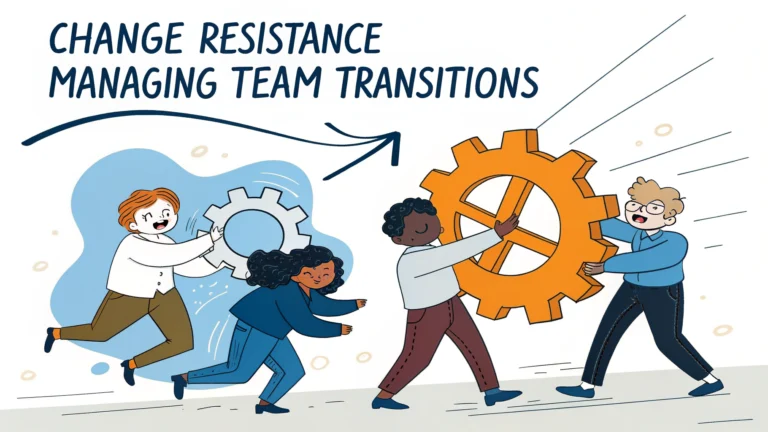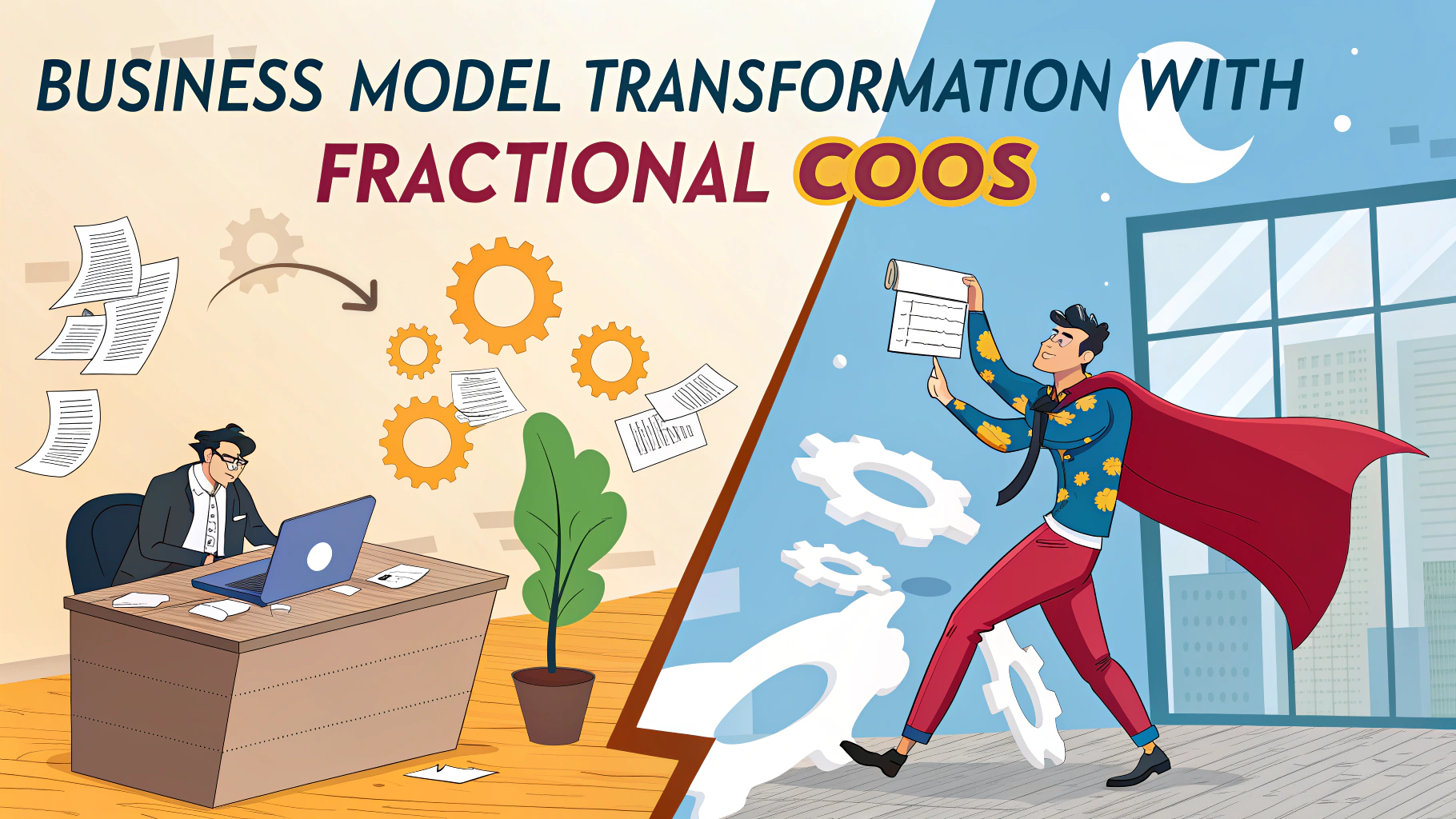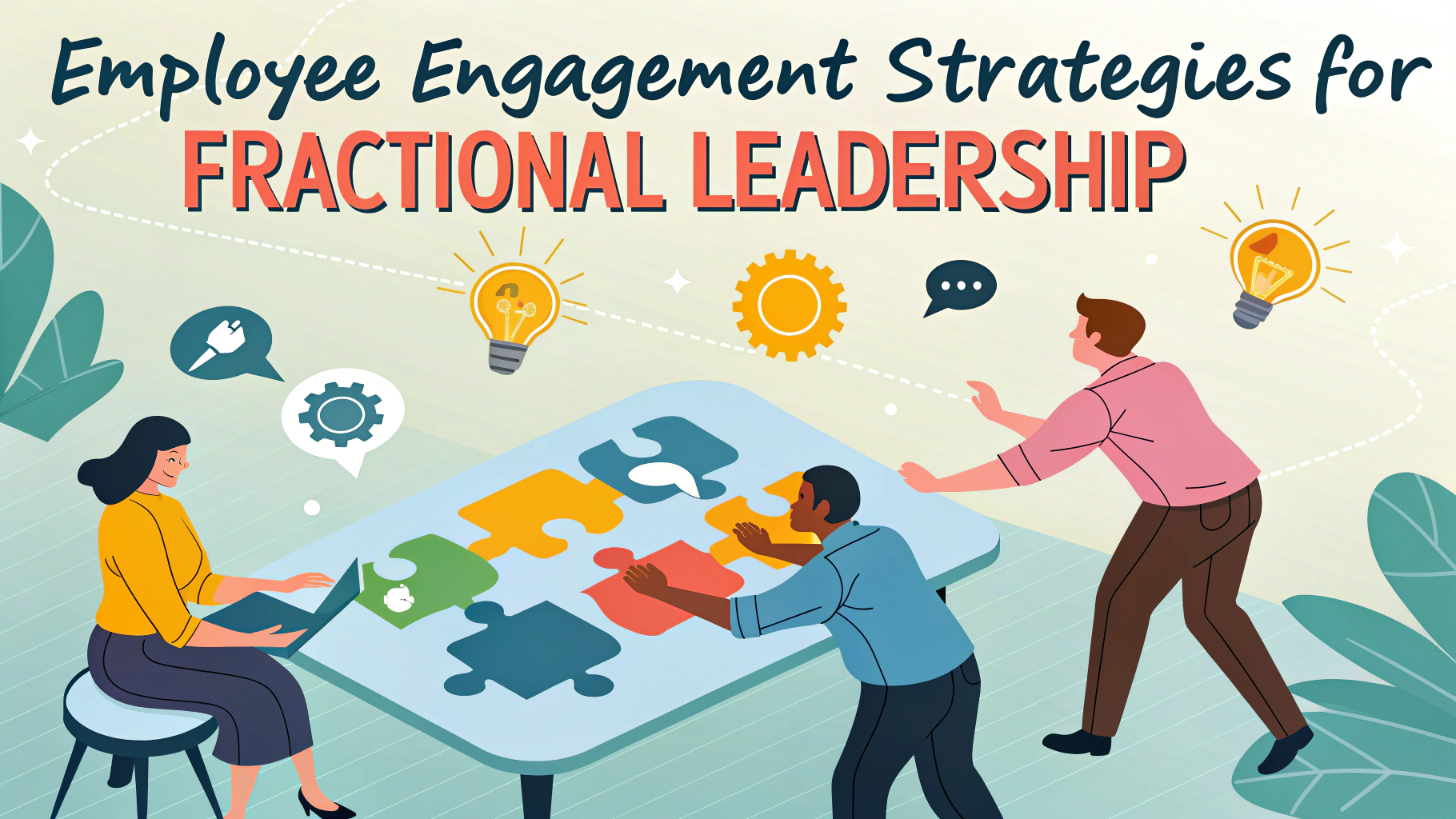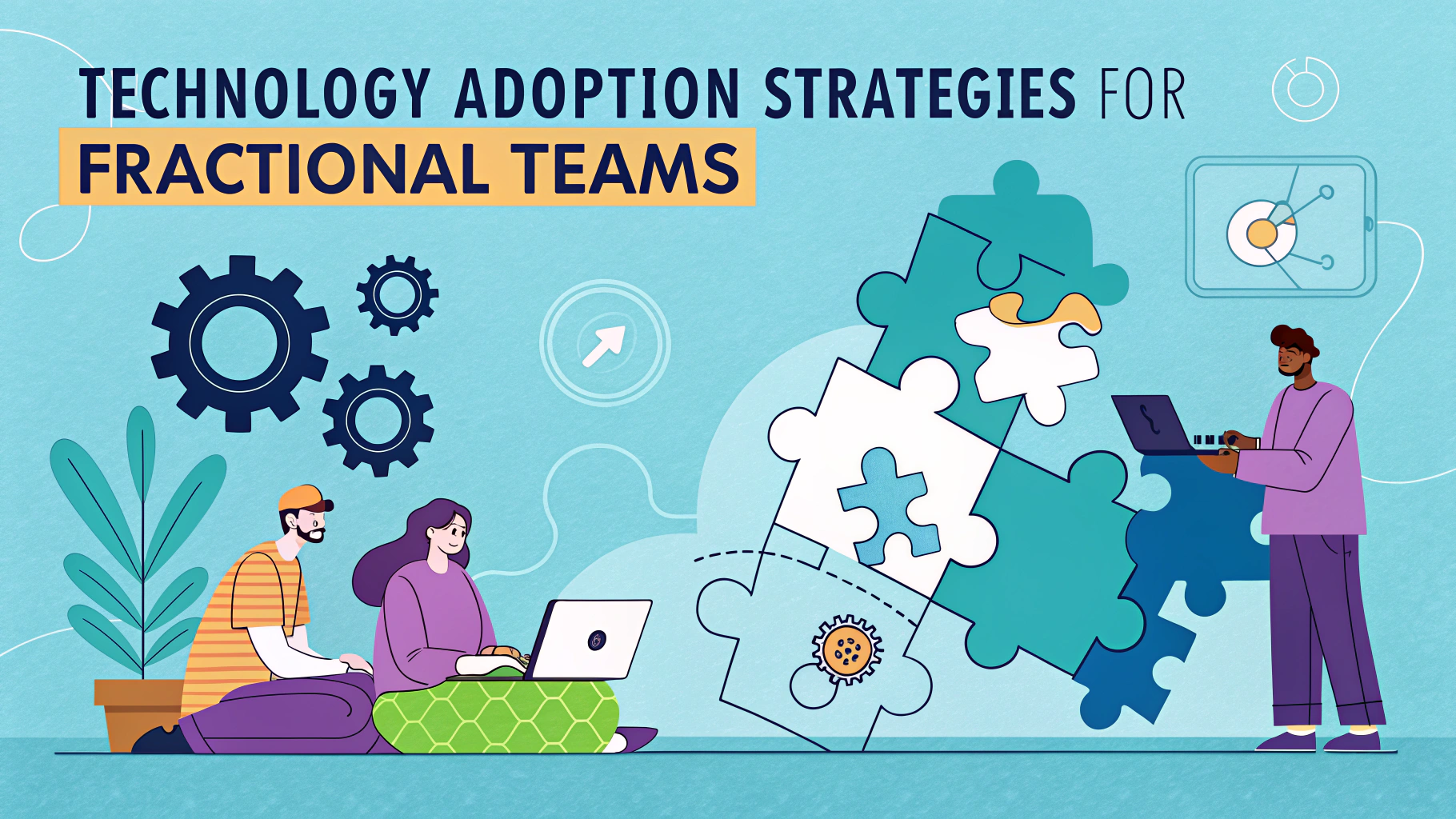Organizational changes within a team, whether large or small, can trigger resistance and uncertainty among employees.
Understanding how to effectively manage team transitions is essential for maintaining productivity and morale during periods of change.
This quick guide explores practical strategies for handling change resistance and creating smooth transitions that benefit both the organization and its employees.
Common Sources of Change Resistance
- Fear of job security or role changes
- Loss of control or established routines
- Lack of clear communication about changes
- Previous negative experiences with change
- Uncertainty about new processes or technologies
Early Warning Signs of Resistance
- Increased absenteeism or tardiness
- Drop in productivity or work quality
- Negative comments in meetings
- Reduced participation in team activities
- Active opposition to new initiatives
Effective Communication Strategies
Clear communication should begin well before implementing any changes.
- Schedule regular team meetings to discuss changes
- Create anonymous feedback channels
- Document all changes in writing
- Establish an open-door policy
- Share success stories from similar transitions
Building Support Systems
| Support Type | Implementation |
|---|---|
| Training Programs | Skill development workshops, online courses |
| Mentoring | Pairing experienced staff with newer team members |
| Resource Access | Documentation, tools, and reference materials |
Step-by-Step Transition Plan
- Assessment Phase: Evaluate current processes and identify areas of concern
- Planning Phase: Create detailed implementation timeline
- Communication Phase: Share plans with team members
- Implementation Phase: Execute changes gradually
- Review Phase: Gather feedback and make adjustments
Measuring Success
Track these key metrics to evaluate transition effectiveness:
- Employee satisfaction surveys
- Productivity metrics
- Implementation milestone completion
- Team feedback sessions
- Customer satisfaction levels
Managing Individual Concerns
Address personal impacts through one-on-one meetings and individualized support plans.
- Schedule regular check-ins
- Provide clear role definitions
- Offer additional training as needed
- Create personal development plans
Moving Forward Together
Contact professional change management consultants for additional support: Prosci or Association of Change Management Professionals.
Remember that resistance to change is natural and managing it effectively requires patience, understanding, and consistent support.
Creating a Culture of Adaptability
Developing a team that embraces change starts with building the right organizational culture.
- Reward innovation and creative problem-solving
- Celebrate small wins during transitions
- Encourage cross-training and skill development
- Foster an environment of continuous improvement
Long-term Change Sustainability
Documentation and Process Refinement
- Create detailed process documentation
- Establish change management protocols
- Implement feedback loops
- Regular review and updates of procedures
Team Development
- Ongoing training programs
- Leadership development initiatives
- Cross-functional collaboration
- Skills assessment and gap analysis
Building Resilience for Future Changes
Preparing teams for ongoing evolution in the workplace requires strategic planning and support.
- Develop change management competencies
- Create robust contingency plans
- Establish clear escalation procedures
- Build flexible team structures
Embracing Growth Through Change
Success in managing organizational transitions depends on maintaining a balanced approach that considers both organizational objectives and employee well-being. By implementing these strategies consistently, teams can transform resistance into opportunity and emerge stronger through periods of change.
- Focus on continuous improvement
- Maintain open communication channels
- Support individual and team development
- Monitor and adjust strategies as needed
FAQs
- How do you identify signs of change resistance in a team?
Signs include decreased productivity, increased absenteeism, vocal opposition in meetings, passive-aggressive behavior, lack of participation in new initiatives, and negative attitudes toward proposed changes. - What are the most common reasons teams resist organizational changes?
Teams typically resist change due to fear of job security, loss of control, comfort with current processes, lack of clear communication about the change, past negative experiences with changes, and insufficient understanding of the benefits. - How can a fractional COO effectively communicate organizational changes to minimize resistance?
By creating clear communication plans, explaining the ‘why’ behind changes, providing regular updates, listening to feedback, addressing concerns promptly, and involving team members in the planning process when possible. - What strategies help maintain team productivity during transitions?
Maintaining clear goals, breaking changes into manageable phases, providing necessary training and resources, celebrating small wins, maintaining regular check-ins, and ensuring adequate support systems are in place. - How long should leaders expect resistance to last during organizational changes?
Resistance typically follows a curve lasting 3-6 months, depending on the scale of change, though major organizational transformations can take 12-18 months for full acceptance and integration. - What role does employee feedback play in managing change resistance?
Employee feedback helps identify specific concerns, allows leaders to adjust implementation strategies, builds trust through active listening, and helps create more effective solutions to resistance issues. - How can you measure the success of change management efforts?
Through KPIs like employee engagement scores, productivity metrics, adoption rates of new processes, turnover rates, employee satisfaction surveys, and achievement of transition milestones. - What support systems should be in place before implementing major changes?
Training programs, documentation resources, mentoring systems, feedback channels, clear escalation paths for issues, designated change champions, and readily available technical support. - How do you handle vocal opponents to organizational change?
By engaging them directly, listening to their concerns, involving them in solution-finding, providing additional information and support, and potentially giving them leadership roles in the change process. - What are the key elements of a successful change management plan?
Clear objectives, detailed timeline, communication strategy, resource allocation, training plans, risk assessment, success metrics, and contingency plans for potential obstacles.







